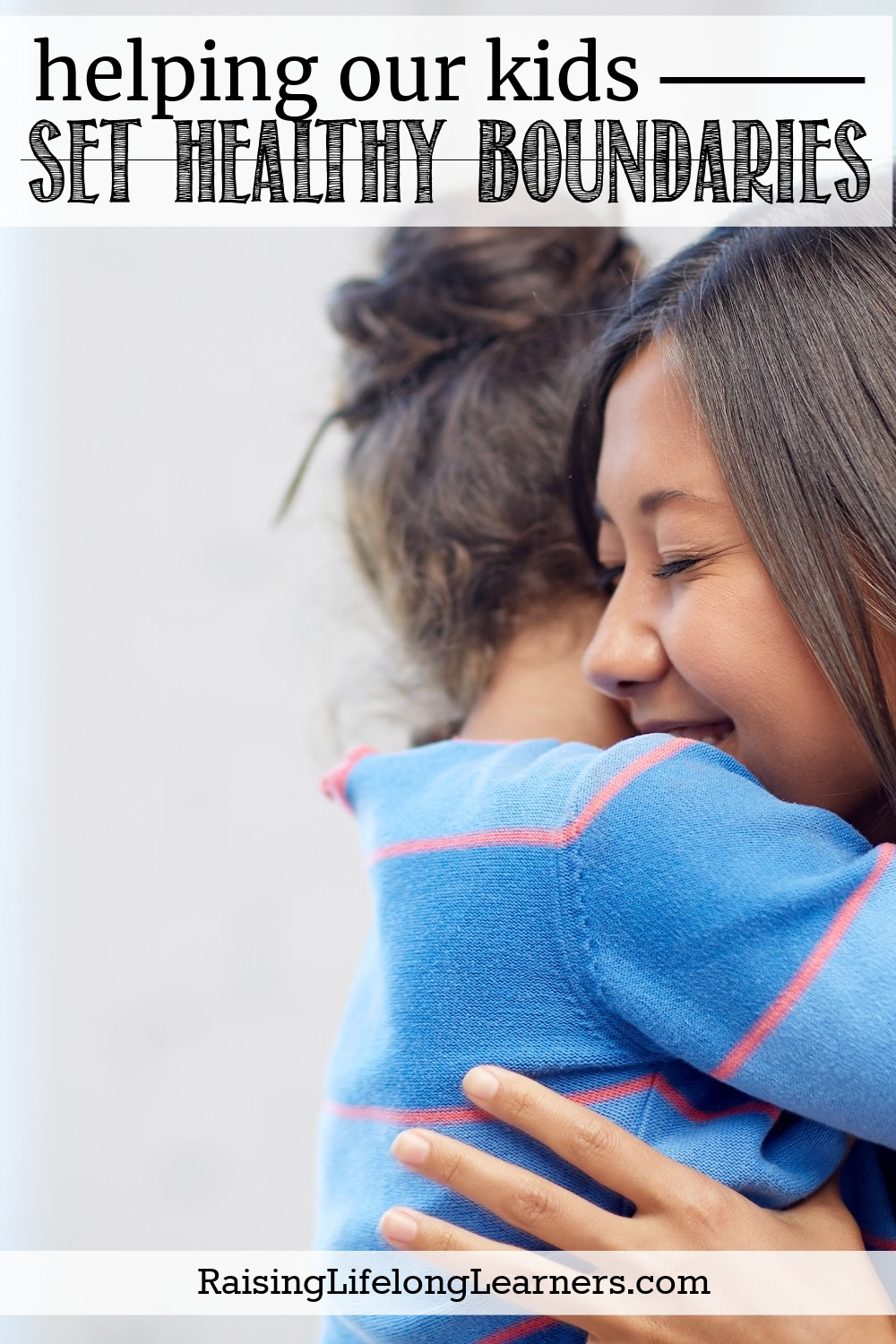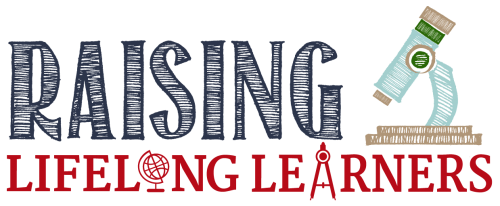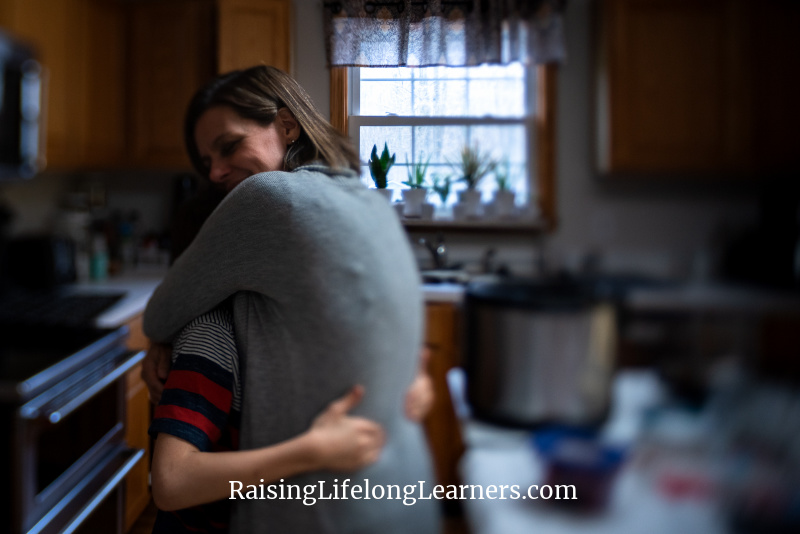Helping Our Kids Set Healthy Boundaries
In today’s fast-paced and interconnected world, teaching our children to set and respect boundaries is more important than ever. As parents, it is our responsibility to equip our kids with the necessary skills to navigate in-person and online relationships. Let’s dive into boundary-setting, drawing from personal experiences and conversations with families in the Learners Lab community.
From physical touch to emotional sharing to digital interactions, we need strategies for helping our kids establish healthy boundaries that empower them to thrive.

Understanding Boundaries and Setting the Tone
It’s essential to approach the concept of boundaries with sensitivity and consider the diverse needs and challenges each of our kids may face. With one child who craves sensory input and seeks physical touch for comfort and another who is averse to touch, I know that both types of boundaries are equally important.
We create an environment that fosters trust, validation, and emotional well-being by acknowledging and respecting these boundaries.
Teaching Physical Boundaries
Teaching kids about physical boundaries begins with empowering them to trust and assert themselves. We can begin having conversations with our kiddos about appropriate touch from a young age.
By talking to them about the importance of asking for hugs and checking to see if it’s okay before touching someone, we equip them with the tools they need to navigate physical interactions respectfully. For kiddos who are averse to touch, alternative options can be discussed, like asking for a high-five or fist bump instead.
The crucial message is that everyone has the right to feel comfortable with physical contact.
Emotional Boundaries
Emotional boundaries are just as vital as physical ones, as they empower our kids to express their feelings and set limits on what they are comfortable sharing. It’s important to validate our children’s emotions and respect their boundaries, even if they differ from those of family members or friends.
As parents, it’s up to us to create a culture of open communication that nurtures and supports our kiddos in expressing their needs.
Navigating the Digital Landscape
As technology increasingly integrates into our lives, teaching digital boundaries is vital for our children’s safety and well-being. Remember to teach your kids not to share personal information with strangers and only accept friend requests from people they know in person.
By modeling responsible online behavior and staying involved in our children’s digital lives, we can help them navigate the online world confidently and cautiously.

Creating Safe Spaces
To help children establish and maintain healthy boundaries, it is crucial to create safe spaces both at home and in their wider environments. One of my kiddos loves to retreat alone to a space outside when she’s feeling peopled out or overstimulated. By ensuring she has a calm and secluded outdoor area, I know she can escape the noise and chaos of the house and find comfort in the swing or hammock.
Safe spaces allow children to regulate their emotions and recharge, ultimately promoting their overall well-being.
Empowering Kids to Stand Up for Their Boundaries
Teaching children to communicate their boundaries assertively is an essential skill that will benefit them throughout their lives.
One way to do this is through role-playing. This teaches our kids to practice asserting their preferences politely but firmly. By taking on the role of the grandparent who wants to give a hug, for example, kids can learn how to express their discomfort respectfully. By celebrating our children when they set and stand by their boundaries, we reinforce their confidence and self-worth.
Supporting Boundaries in Relationships
Understanding boundaries is not only important for our children’s emotional growth but also for their future relationships. By teaching kids about consent, respect, and the value of personal space, we equip them with the tools to establish and maintain healthy relationships in all aspects of their lives.
Encouraging open communication and celebrating the strength it takes to set boundaries ensures that our children grow up with a strong sense of self-worth and mutual respect.

Raising Lifelong Learners Episode #215 — Helping Our Kids Set Healthy Boundaries
In this episode of the Raising Lifelong Learners podcast, Colleen emphasizes the importance of helping our kids set healthy boundaries.
By addressing physical, emotional, and digital boundaries, we empower our children to navigate relationships with confidence and respect.
As parents, it is our responsibility to model and nurture open communication, validate our children’s feelings, and celebrate their autonomy in setting boundaries. By doing so, we equip them with essential life skills that will empower them to thrive in all areas of their lives.
Links and Resources from Today’s Show
- Sponsor| CTC Math
- Sponsor| Reading Eggs
- Raising Lifelong Learners Community – The Learners Lab
- Masterclass| Building Family Connections
- Raising Resilient Sons by Colleen Kessler, M.Ed.
- Respecting Your Child’s Sensory Needs: When You Have to Say “No”
- I Hate My Son’s Headphones
- Am I Spoiling My Child or Accommodating His Special Needs?
- A Unique Place For Gifted And Twice Exceptional Kids To Thrive
- My Child Won’t Wear Socks: Dressing A Child With Sensory Processing Disorder
- Calm the Chaos with Dayna Abraham
- The Social Emotional Needs Of Gifted And Neurodiverse Children
- If He’s REALLY So Smart… When Gifted Kids Struggle
Leave a Rating or Review
Doing so helps me get the word out about the podcast. iTunes bases their search results on positive ratings, so it really does help — and it’s easy!
-
- Click THIS link to go to the podcast main page.
- Click on View in iTunes under the podcast cover artwork.
- Once your iTunes has launched and you are on the podcast page, click on Ratings and Review under the podcast name. There you can leave either or both! Thanks so much.

